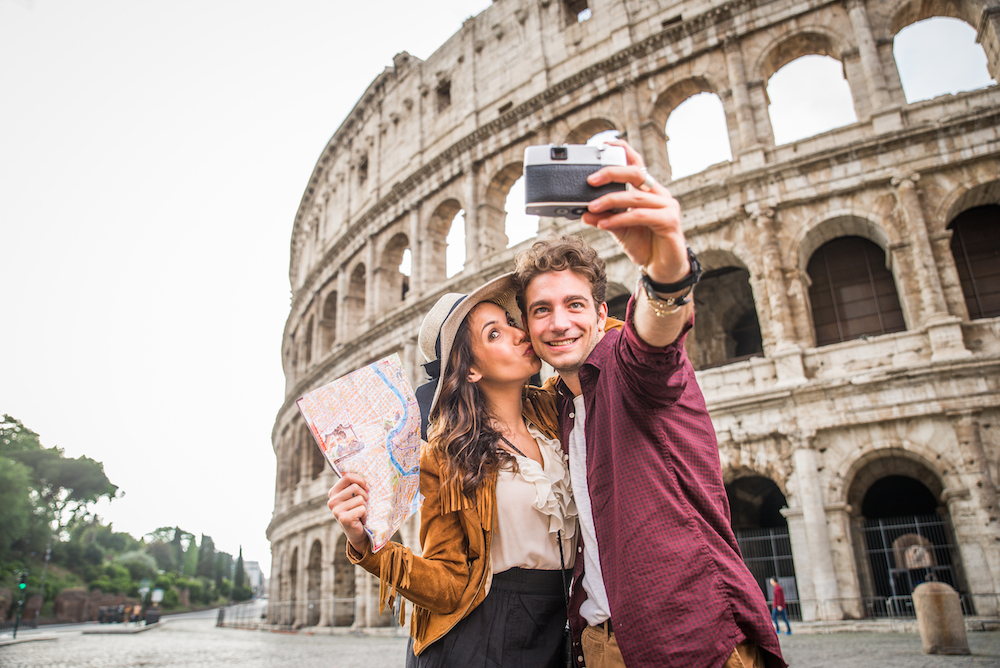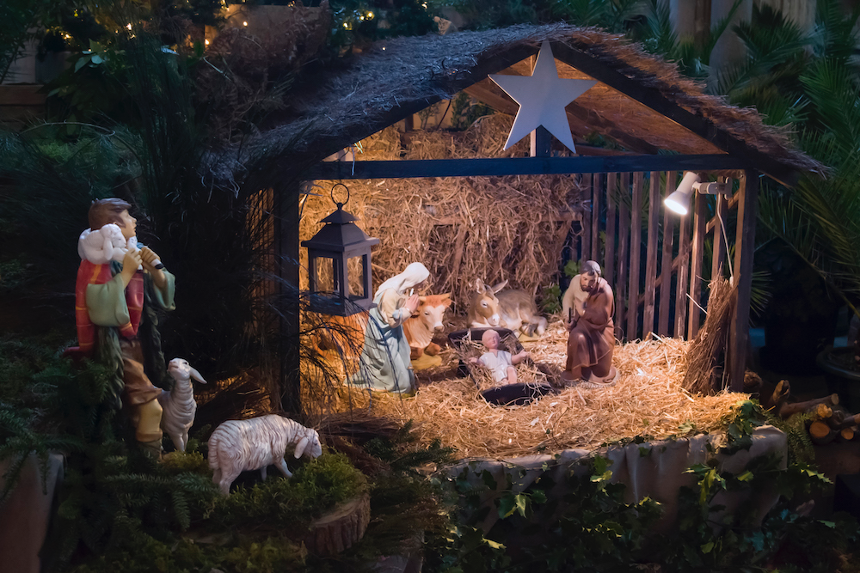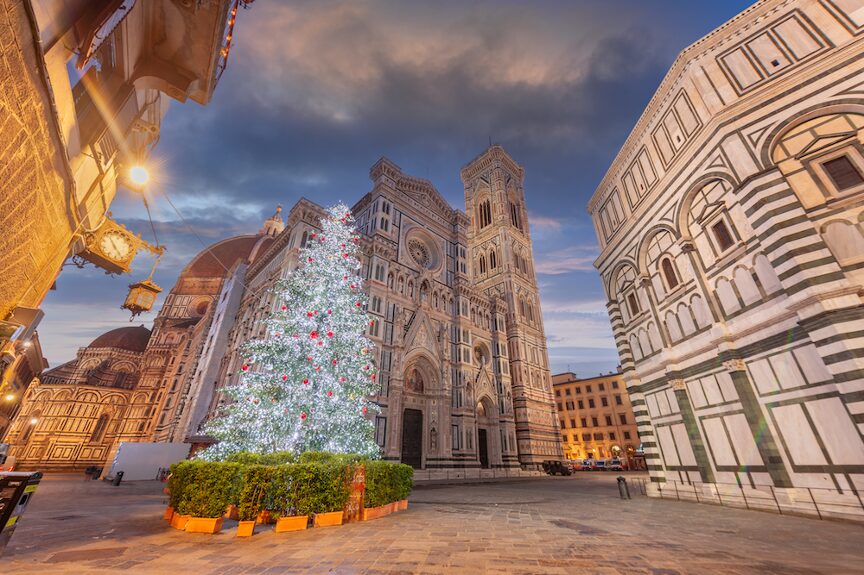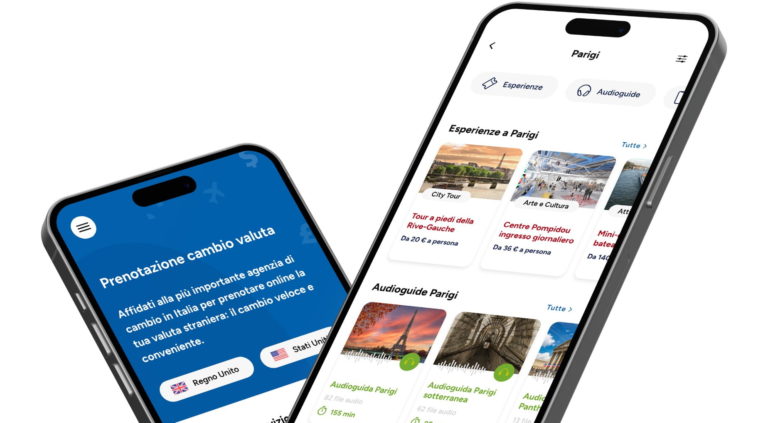Holiday organization also includes practical issues such as, for example, how to save money during a trip. These eight tips are good practical solutions to avoid unpleasant inconveniences.
- Equip yourself with a practical wallet, with different compartments, in which to insert both coins and banknotes and any credit cards. Better if waterproof, in case of rain or excursions “into the wild”.
- Place the wallet with the money in a special case so that you can find it more easily in your backpack or bag.
- Do not put documents in your wallet, but use a flexible folder or a soft plastic container.
- Equip yourself with a fanny pack or a small shoulder bag, so that you have the necessary money with you, without carrying a backpack or bag with you.
- The best way to store money during a trip is to distribute it in different places: a little in your suitcase and a little in your bag, using the various compartments of your travel accessories.
- When exchanging currency, prefer small denomination banknotes, especially if the trip is long and you will have to travel on different means of transport.
- Before leaving, you might think about sewing small internal pockets inside sweatshirts, jackets or trousers in which to hide large denomination banknotes.
- If the temperatures allow it, always wear sweatshirts or jackets after wearing your fanny pack or shoulder bag.
With these tips for saving money while traveling, your holiday will flow with complete peace of mind.
Photo Credits:
Puurchantal, Pixabay.com









